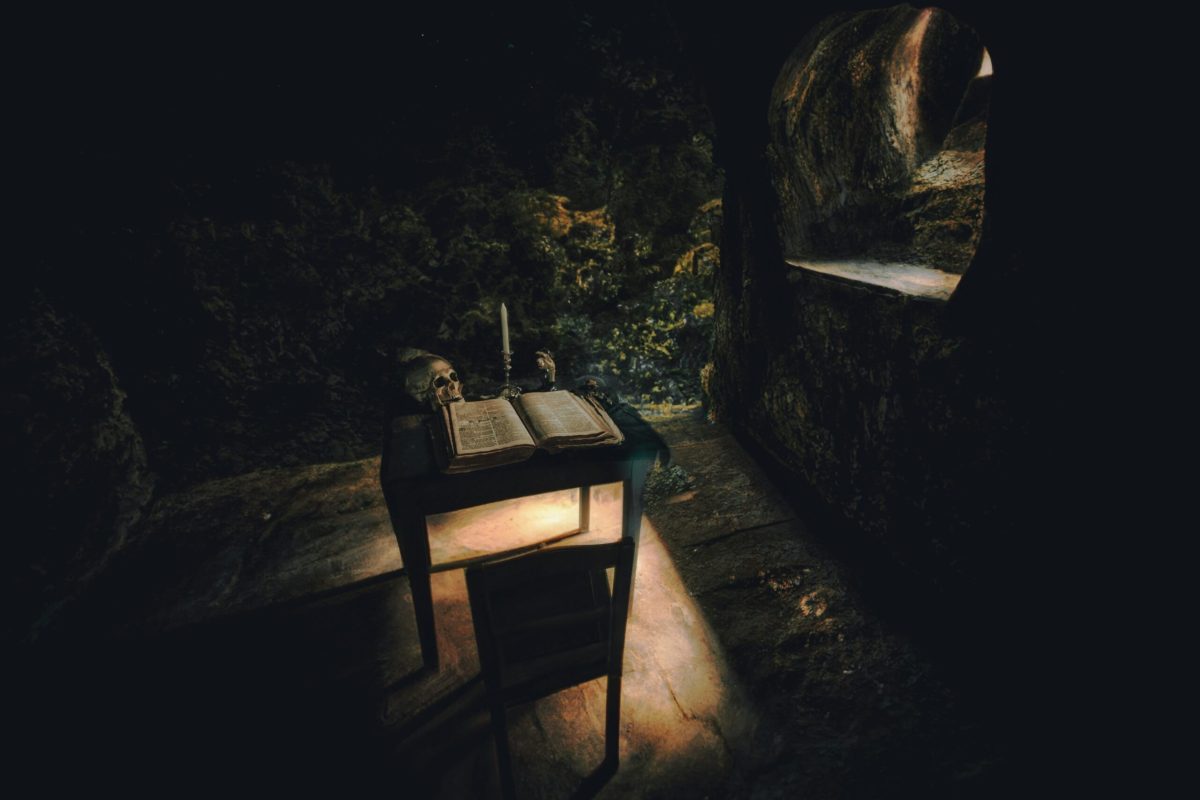With Singapore’s 54th birthday just round the corner, it’s an occasion to not just celebrate, but also reminisce the iconic spots in Singapore that are slowly fading into the sunset.
Millennials are all-so-familiar with the burst of new age attractions such as Gardens by the Bay, Universal Studios Singapore and Jewel Changi Airport, but how about those that our parents or grandparents are familiar with?
Follow us on this nostalgic journey to rediscover Singapore!
1. The Dragon Playground

In 1979, the Housing & Development Board (HDB) introduced the dragon playgrounds to Singapore’s housing estates. The design features a large, mosaic tiled dragon head and a conjoined colourful slide, made of steel rings. The iconic design is the brainchild of established interior designer, Khor Ean Ghee, who drew his inspiration from Chinese Oriental dragons.
Unlike modern playgrounds with rubber flooring and technological installations, the dragon playground has a sand surface and is all about the ‘old-school’ fun. However, most of the dragon playgrounds have been demolished due to safety concerns.
The most famous of the remaining 4 dragon playgrounds in Singapore is the one located at Toa Payoh Lorong 6, which still retains its original design and is preserved as a heritage spot. The playground is so famous that it was picked by New York culture blog, Flavourwire.com, as one of the world’s top 15 most amazing playgrounds.
The other 3 relatively less-famous dragon playgrounds are located at Ang Mo Kio, Braddell and MacPherson.
2. Mama Shops

If you’re wondering how “mama” shops derive their name, don’t worry you aren’t the only one.
Apparently, “mama” shops are named after the many Indian businessmen who run these provision stores, as “mama” is known as uncle or elder in Tamil.
Mama shops are a source of cheap comfort for broke students. I remember going to the mama shops after classes for my cup of Maggi noodles, and gleefully watching the uncle crack an egg into the noodles – before slurping it down – all in an under-$3.50 satisfaction. Mama shops operate like convenience stores in modern day villages, an all-in-one stop where we can purchase snacks, goodies, food and household necessities. But with rife competition from larger supermarket chains and heartland malls, mama shops are closing down one after another, with those still in operations barely surviving.
3. Pearl Bank Apartments

Built in 1976 by Singaporean architecture veteran, Tan Cheng Siong, the Pearl Bank Apartments was a high-rise private residential building famous for its horseshoe-shaped design, with a unique “C-shape” that symbolises community. With a height of 113m, the Pearl Bank Apartments was once Singapore’s tallest building when it was launched.
The building’s layout was designed in a way where there was a common corridor for neighbours to interact with one another. The horseshoe shape also catered to maximum efficiency by allowing daylight, ventilation and panoramic views to all its units.
The Pearl Bank Apartments has since been demolished in early 2019, amidst public outcry, to make way for modern redevelopment. CapitaLand has acquired the building in a S$728 million en bloc sales, to build the new One Pearl Bank condominium. In July, thousands thronged the launch, hoping to snap up a unit for themselves.
4. Biscuit King

Stepping into Biscuit King feels like I’m going back in time. The first thing that strikes you in this humble snack shop are the neatly stacked cartons of old school biscuits and goodies, in their shades of light, golden tint. There are over a hundred assortments of biscuit varieties that appeal to all ages, and strike a chord amongst the ‘Older-than-Millennials’ group who grew up devouring these traditional delights.
From iced gem biscuits, lemon biscuits, bun biscuits to chocolate wafers…there’s something for everyone, and you’ll get to mix and match three types of biscuits you like in a tin. Biscuit King also offers candies like Fizzy Cola and the colour-changing Monster sweets, classic card games and toys, as well as dried and preserved fruits! You’ll feel like you’re stuck in time, in no time.
With Singapore’s rapid modernisation; old-school, nostalgic shops like Biscuit King are truly one of a kind, and it’s definitely worth a visit before it disappears into history with the rise of modern snacks stores!
5. Record Warehouses

Gone are the days when we need to purchase CDs and DVDs just to watch our favourite movies, or to bop along to the songs of our favourite bands. These days with technological advancements, we can stream music digitally, and watch movies and shows online. Well, to enjoy more “premium” content, we simply have to pay for subscriptions through video-on-demand streaming services like Netflix and HBO, and music streaming services like Spotify and Apple Music.
The music, it seems, has stopped playing at record warehouses. As more consumers, particularly millennials, turn their backs on physical media, these ‘CD shops’ have become a new form of rarity in Singapore.
Thankfully, the rising interest in vinyl has brought a resurgence to the dying trade. CDs and DVDs might be on their last breaths, but you can still find smaller boutique music stores in Singapore selling vinyl records, catering to a very niche community of Singaporeans who enjoy the distinctive, sentimental value of music. With vinyl records spinning back to relevance, physical media might still have a chance at revival.
6. Kampung Lorong Buangkok

Singapore is known for being a fast-paced, technologically advanced metropolis. In the decades since its independence, Singapore has quickly risen as a developed country with one of the world’s highest Gross Domestic Product (GDP). It’s little wonder that Singaporeans are often busy ‘hustling’ in their respective careers, with little time for respite.
But it’s truly a wonder that a place like Kampung Lorong Buangkok still exists in Singapore.
As the last surviving village in Singapore (most have been wiped out to make way for high-rise condominiums and apartments), Kampung Lorong Buangkok sits right smack in the midst of modern development, where it is surrounded by new HDB BTO flats on one side, and the private Gerald Mugliston Estate on the other. Today, there are less than 30 families on the kampung grounds who enjoy a quieter, and slower pace of life compared to their Singaporean counterparts.
It’s only a matter of time before the land is reclaimed, but with talks to conserve the kampung, hope might not be all lost.
7. Hawker Centres

Ah, saving the best for the last are the iconic hawker centres in Singapore.
The contentious topic of the longevity of Singapore’s hawker stores has always been in the talk. Can you imagine a Singapore without our affordable and delicious hawker fares such as char kway teow, hokkien mee, chicken rice and laksa? Neither can I.
But running a hawker business these days is more than talk.
It’s tough to mitigate the high costs of running a store – there are exorbitant rental fees, utilities, cleaning services, ingredients and salary to consider, month after month.
For older hawker vendors, the primary concern other than costs, is that there is nobody in line to take over the business, and to continue manning the wok behind our delicious food.
Singapore’s food hawker heritage is gradually fading, even with the support of government initiatives. We can only hope that more can be done for the local hawker scene, before one day, our favourite food only becomes a fragment of our memories.
What are some other iconic spots in Singapore that will soon be lost?
Share with us in the comments section down below!












